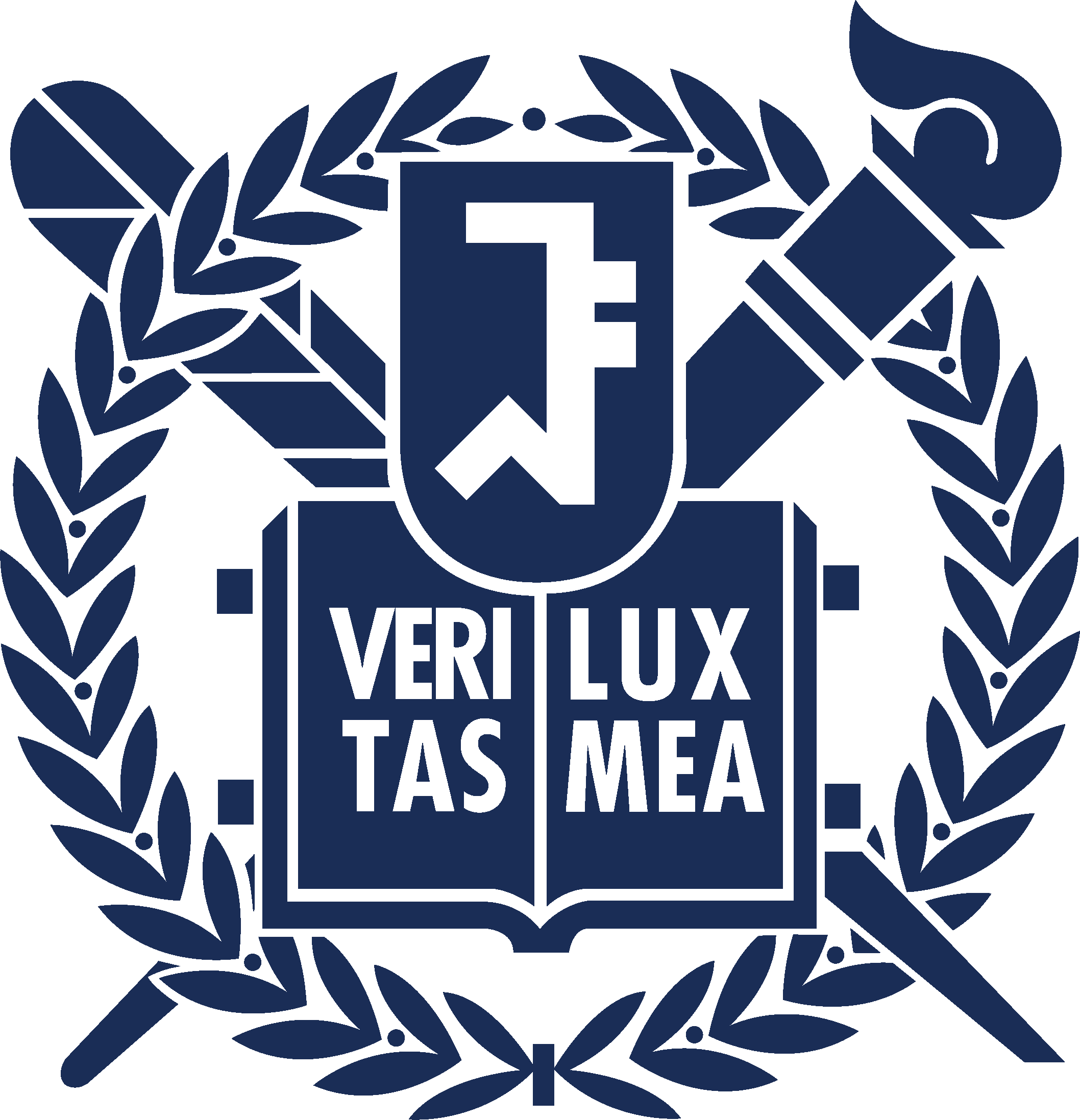At the continuum length scale, mechanical properties of metals show relatively weak orientation dependence; however, they exhibit strong anisotropic behaviors as the size of sample decreases to micron and nanometer length scales. In this study, three-dimensional dislocation dynamics (DD) simulations are performed to investigate the orientation-dependent plasticity in submicron face-centered cubic (FCC) micropillars subjected to torsion. Accommodating results from atomistic modeling, updated surface nucleation schemes in DD models have been developed for three orientations ([001], [101], and [111]), allowing investigation of the dislocation microstructure evolution and the corresponding anisotropic mechanical response upon torsional loading and unloading. The DD simulation results show that the coaxial and hexagonal networks formed in [101] and [111] oriented nanopillars, respectively, exhibited excellent plastic recovery, while the rectangular network formed in the [001] crystal orientation was more stable and did not experience as much plastic recovery.
